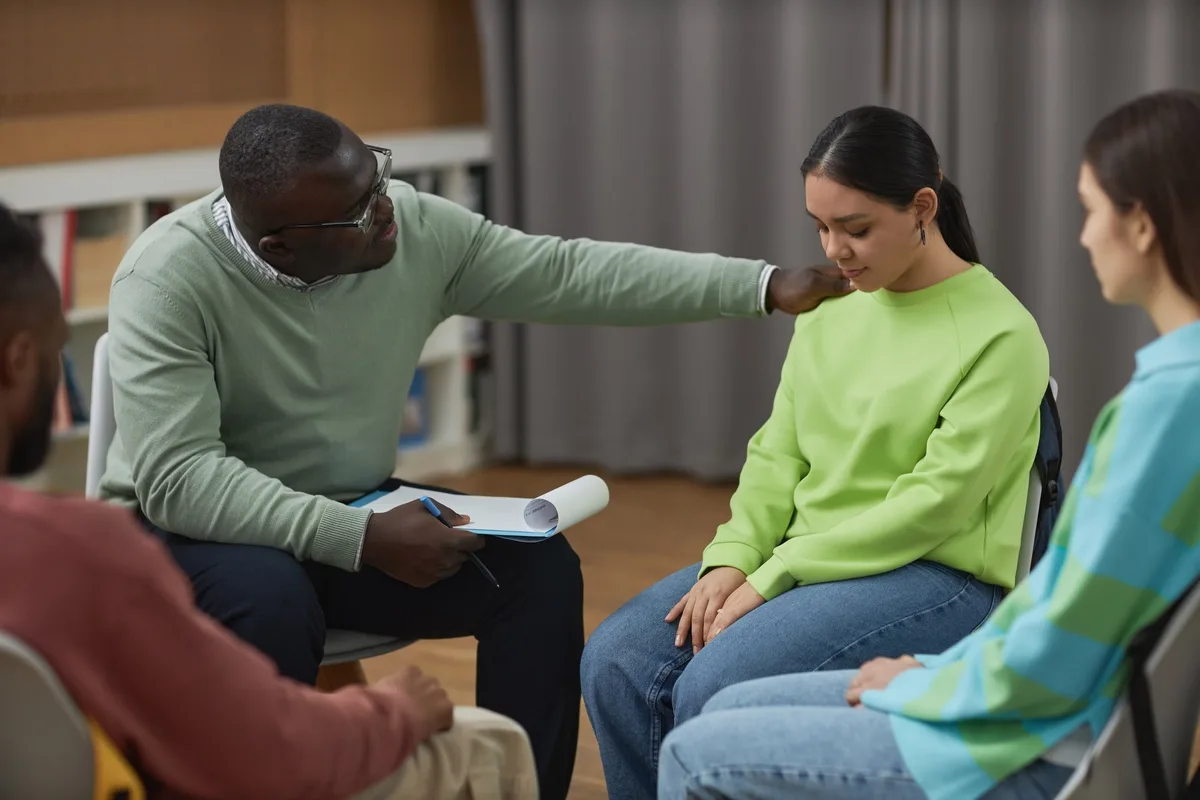24/7 Helpline:
(866) 899-221924/7 Helpline:
(866) 899-2219
Learn more about PTSD Rehab centers in San Luis Obispo
PTSD Rehab in Other Cities

Other Insurance Options

GEHA

CareSource

Aetna

Lucent

Magellan Health

Optum

Coventry Health Care

United Health Care

Sliding scale payment assistance

WellCare Health Plans

American Behavioral

Providence

Group Health Incorporated

EmblemHealth

Private insurance

Medical Mutual of Ohio

Covered California

CareFirst

Ceridian

Humana

San Luis Obispo Addiction Recovery Center
San Luis Obispo Addiction Recovery Center is a private rehab located in San Luis Obispo, California....






AlAnon
AlAnon is a non-profit rehab located in San Luis Obispo, California. AlAnon specializes in the treat...

Cottage Outpatient Center of San Luis Obispo
Cottage Outpatient Center of San Luis Obispo offers mental and behavioral healthcare services for ad...

AA – Alcoholics Anonymous
AA – Alcoholics Anonymous is a non-profit rehab located in San Luis Obispo, California. AA – Alcohol...

Project Amend
Project Amend is a private rehab located in San Luis Obispo, California. Project Amend specializes i...

San Luis Obispo Behavioral Health Drug and Alcohol Services
San Luis Obispo Behavioral Health Drug and Alcohol Services is a public organization located in San ...

San Luis Obispo County Drug amd Alcohol Services
San Luis Obispo County Drug amd Alcohol Services is a public rehab located in San Luis Obispo, Calif...

County of San Luis Obispo – Adult Mental Health Services
County of San Luis Obispo – Adult Mental Health Services is a public rehab located in San Luis Obisp...

Balance Treatment Center
Balance Treatment Center - Bishop Street offers intensive outpatient and inpatient services for indi...

WestCare – LTOP at California Men’s Colony East
WestCare–LTOP Men’s Colony East, in San Luis Obispo, California, provides mental health and addictio...
